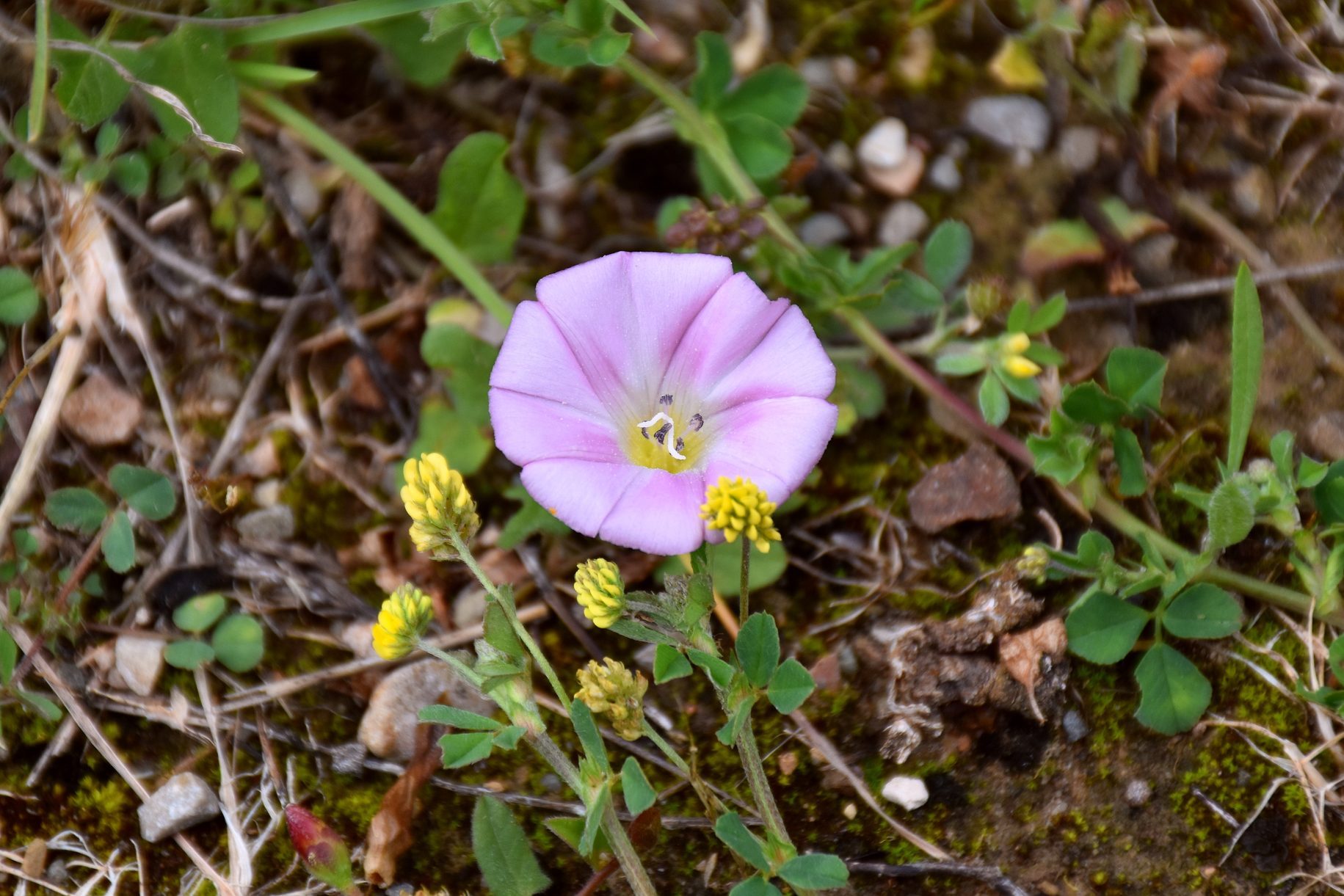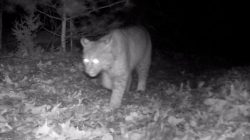Understanding Bindweed and Its Impact on Your Yard
Even if you’ve never heard of bindweed, you’ve likely encountered it in your backyard or local park. This persistent weed is native to Europe but has become widespread throughout much of the United States and other parts of the world. According to the Washington State Noxious Weed Control Board, bindweed thrives in moist environments, making it less common in the Southeastern U.S. and certain regions of Texas, Arizona, and New Mexico.
Bindweed is known for its aggressive growth, making it one of the most troublesome weeds globally. Andy Hulting, an associate professor and extension weed management specialist at Oregon State University, emphasizes that it’s nearly impossible to manage once it takes hold. However, there are strategies to minimize its impact on your garden or landscape.
What Is Bindweed?
Bindweed is an invasive, climbing weed that spreads through both seedlings and a deep underground root system that can extend up to 20 feet into the ground. If left unchecked, it can grow like a vine along fences, around plants, and through turf, eventually overtaking an entire area. The most common type affecting home gardeners is field bindweed, while hedge bindweed tends to appear near roadsides or streams.
Visually, bindweed may seem harmless. Its heart- or arrow-shaped leaves and small white, pink, or purple flowers can be mistaken for morning glory, which is not invasive. Despite its cute appearance, bindweed is far from benign in a garden setting.
When Does Bindweed Grow?
Bindweed typically blooms in the spring and continues until frost sets in. As a perennial, it doesn’t die off completely during winter. Instead, its root system remains active underground, ready to sprout again the following year. This cycle makes it particularly challenging to control, as even a single missed plant can lead to a resurgence.
Is Bindweed Safe?
While bindweed isn’t harmful to humans or pets, it poses a threat to gardens. Its creeping vines can strangle plants and disrupt the growth of vegetables and flowers. The stems contain a milky sap, but this sap is generally harmless unless ingested in large quantities.
According to the University of Nevada’s Institute of Natural and Agriculture Resources, bindweed contains alkaloids that are mildly toxic to livestock. Horses, for example, may experience gastrointestinal issues if they consume it. However, most animals instinctively avoid it. Some, like sheep, cattle, goats, hogs, and chickens, may eat the leaves and stems without adverse effects.
How to Prevent Bindweed From Invading Your Space
Prevention is key when dealing with bindweed. Hulting recommends being cautious about bringing seeds, compost, or manure onto your property, as these materials can harbor bindweed seeds. While it’s difficult to know for sure if these items are contaminated, purchasing supplies from reputable sources can reduce the risk.
This approach is especially important for gardeners who rely on compost and organic materials. Without careful selection, bindweed can easily take root in your yard.
How to Get Rid of Bindweed
If you’re already dealing with bindweed, two primary methods can help manage it:
Till or Weed the Area:
Hulting recommends this as the only non-chemical, organic method for controlling bindweed. However, it requires consistent effort over several years. You’ll need to weed every couple of weeks for five years or more. If you stop, the weed will likely return.
Spray It:
Using a product containing dicamba, such as Spectracide Weed & Grass Killer, can effectively kill bindweed. However, mowing over the weed with a lawn tractor won’t work, as it will simply regrow.
Frequently Asked Questions
Does bindweed die in winter?
No, the above-ground vegetation dies off, but the root system goes dormant and returns in the spring.
Is bindweed toxic to pets or humans?
It is not toxic to humans, but it can cause gastrointestinal distress in dogs if ingested. It is particularly problematic for grazing animals like horses.
About the Expert
Andy Hulting is an Associate Professor and Extension weed management specialist in the Department of Crop and Soil Science at Oregon State University. His expertise in weed management provides valuable insights for gardeners and landowners looking to combat invasive species like bindweed.







